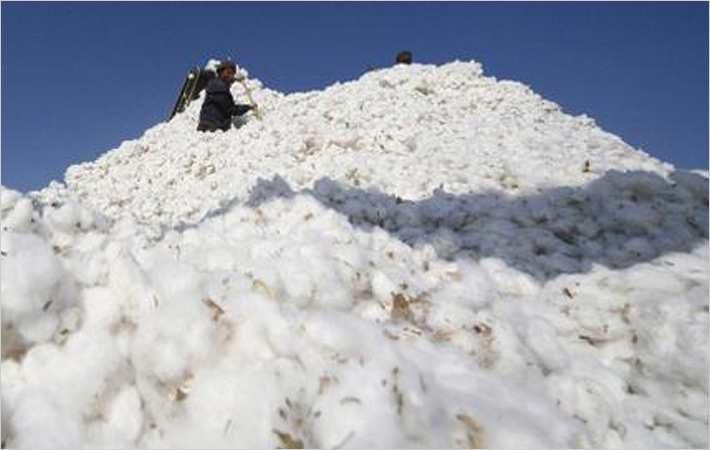Cameroon is planning to divert part of the next European Union (EU) budget support to develop agricultural value chains, especially cotton. The European Investment Bank and the EU Delegation in Cameroon recently organised a meeting on cotton in Yaoundé that was attended by government officials, technical and financial partners, local banks and sector players.
The exact amount to be injected into the cotton sector is yet to be known as negotiations are under way, according to a report in a newspaper in the country.Cameroon is planning to divert part of the next European Union (EU) budget support to develop agricultural value chains, especially cotton. The European Investment Bank and the EU Delegation in Cameroon recently organised a meeting on cotton in Yaoundé that was attended by government officials, technical and financial partners, local banks and sector players#
The short-term needs of the cotton sector in Cameroon are valued at XAF60 billion. The Cotton Development Corporation (Sodecoton) has conveyed it needs XAF40 billion to raise production from 300,000 tonnes in 2018 to 400,000 tonnes in 2022, as part of its recovery plan.
The company, in which the government has a 59 per cent stake, plans two ginning plants (XAF15 billion), a new oil mill (XAF20 billion) and a solar plant (XAF3 billion). Remaining XAF2 billion will strengthen site supervision teams.
Cotonnière industrielle du Cameroun (Cicam) needs about XAF20 billion to cushion past two years’ decline and intends to process 7,000 tonnes of cotton seeds.
Cotton is a major driver of the economy in Cameroon’s northern regions which record highest poverty rate in the country. The crop is grown over 85,000 square km and directly sustains two million people in the region.
Cotton provides 2.5 per cent of Cameroon’s gross domestic product (GDP) and 5 per cent of the agriculture GDP. It accounts for 4 per cent of overall exports, 15 per cent of agricultural exports and generates XAF30-40 billion per annum. (DS)
Fibre2Fashion News Desk – India
